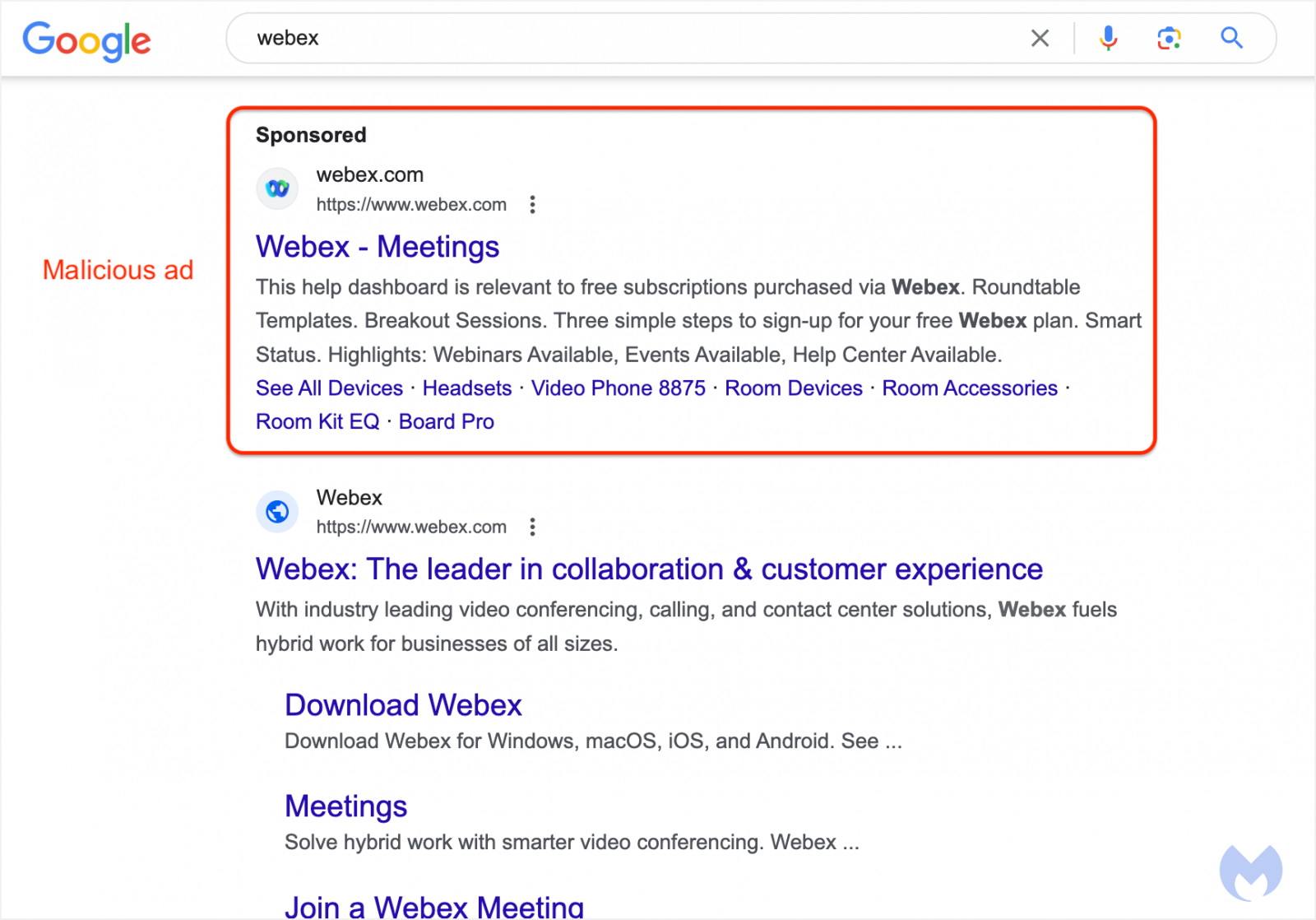view the rest of the comments
Technology
This is the official technology community of Lemmy.ml for all news related to creation and use of technology, and to facilitate civil, meaningful discussion around it.
Ask in DM before posting product reviews or ads. All such posts otherwise are subject to removal.
Rules:
1: All Lemmy rules apply
2: Do not post low effort posts
3: NEVER post naziped*gore stuff
4: Always post article URLs or their archived version URLs as sources, NOT screenshots. Help the blind users.
5: personal rants of Big Tech CEOs like Elon Musk are unwelcome (does not include posts about their companies affecting wide range of people)
6: no advertisement posts unless verified as legitimate and non-exploitative/non-consumerist
7: crypto related posts, unless essential, are disallowed

That's trivial to do where you control the link text. For example: https://www.google.com/
Here is an alternative Piped link(s):
https://www.google.com/
Piped is a privacy-respecting open-source alternative frontend to YouTube.
I'm open-source, check me out at GitHub.
Sorry, I don't mean the link text itself, but the destination shown in the status bar in the bottom left of my desktop browser.
Yeah that shouldn't be possible on a platform like LInkedin or Facebook. If it's a site you control, though, it's still easy. I can't do it here (at least I hope I can't) but here's an example of it: https://jsfiddle.net/z2pLaxto/1/
Yes, that looks exactly like what is happening. For clarity though it is a LinkedIn script not one uploaded by a 3rd party.
It seems to apply to links sent in direct messages which are routed through a linkedin internal page, I assume so they can track you out etc.
It was more the principal of it though, I hadn't considered that the link shown in the status bar could not be the link you would be taken to if you click it but I guess that's part of allowing javascript to run.